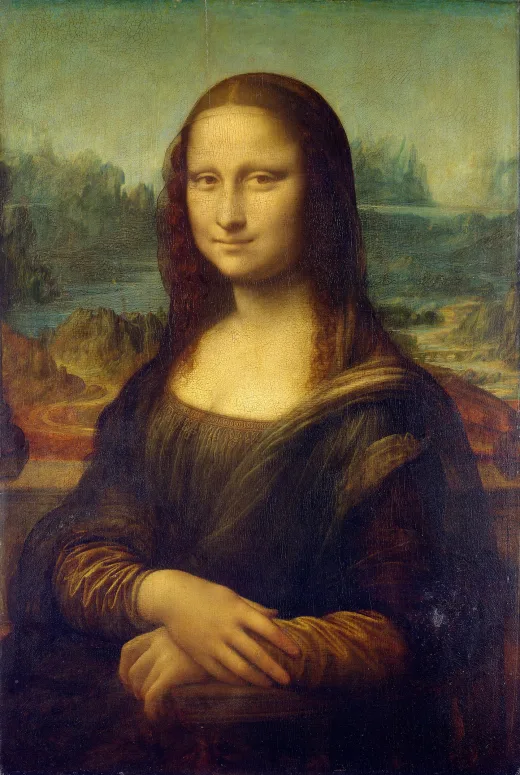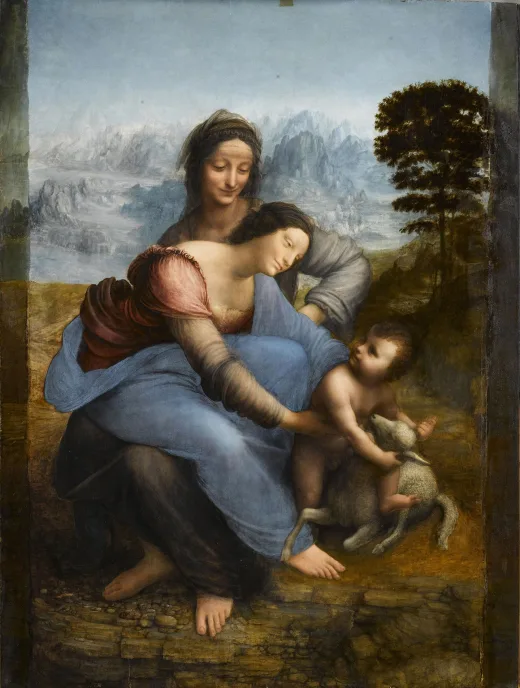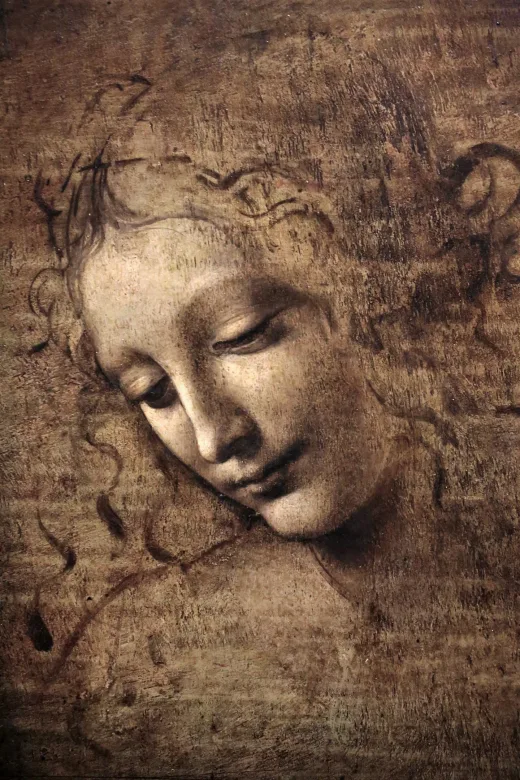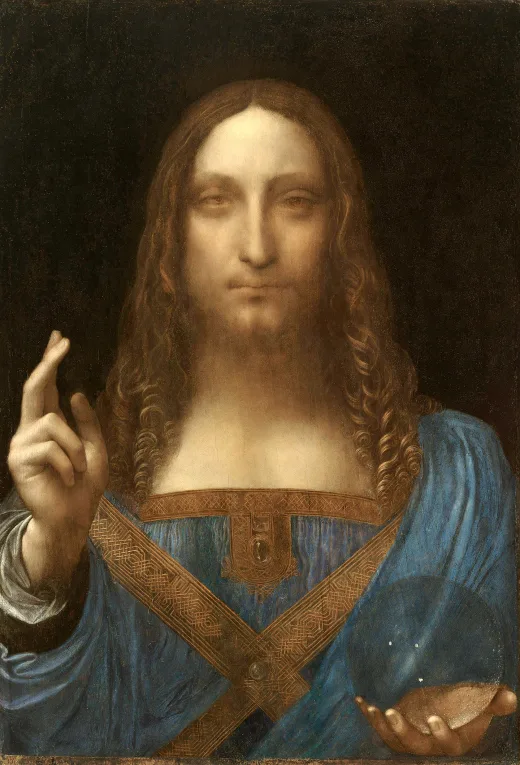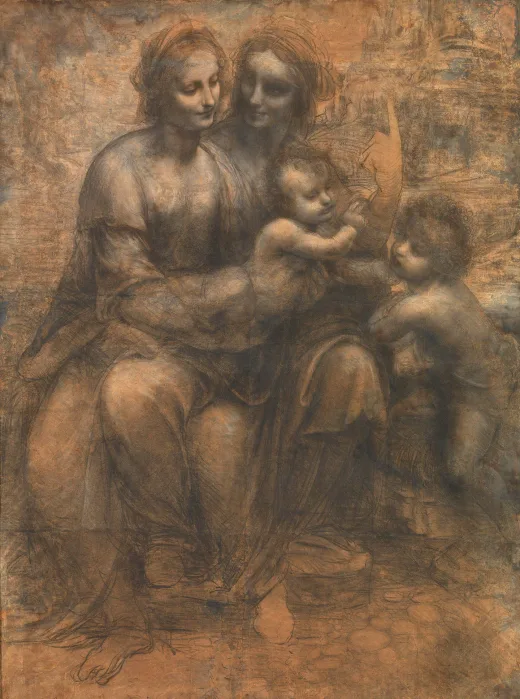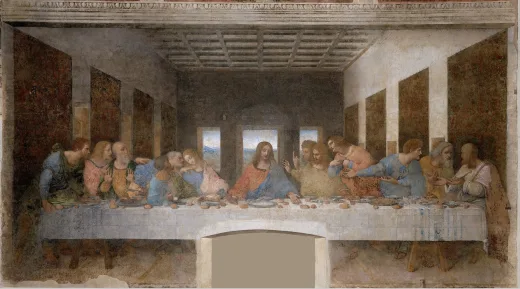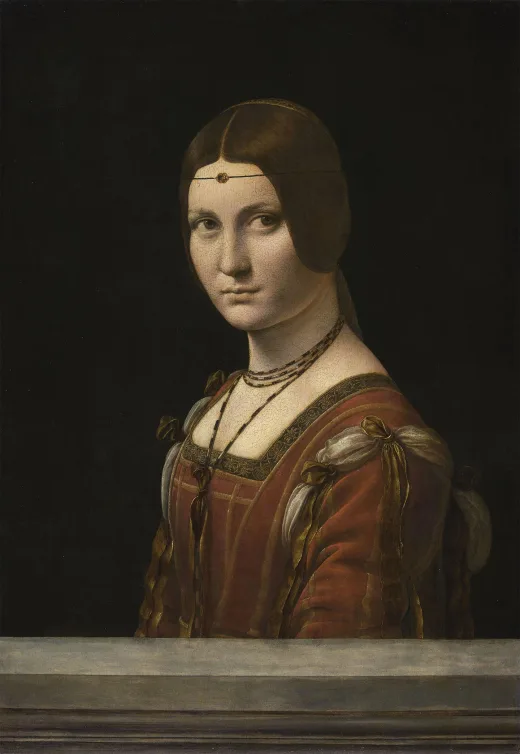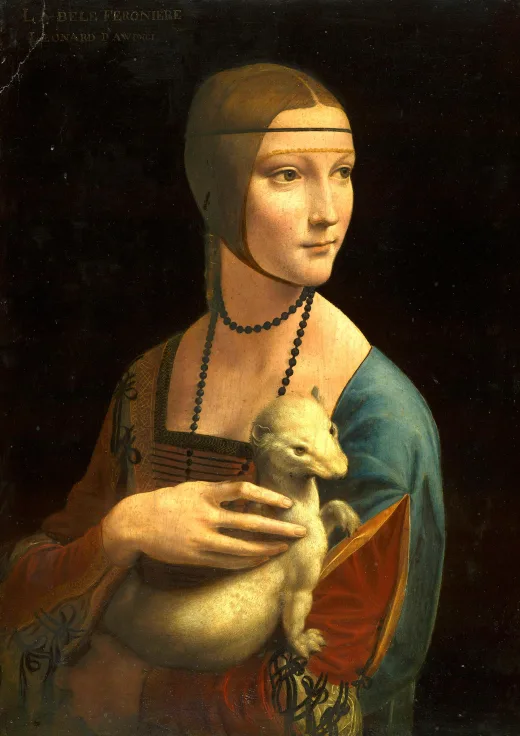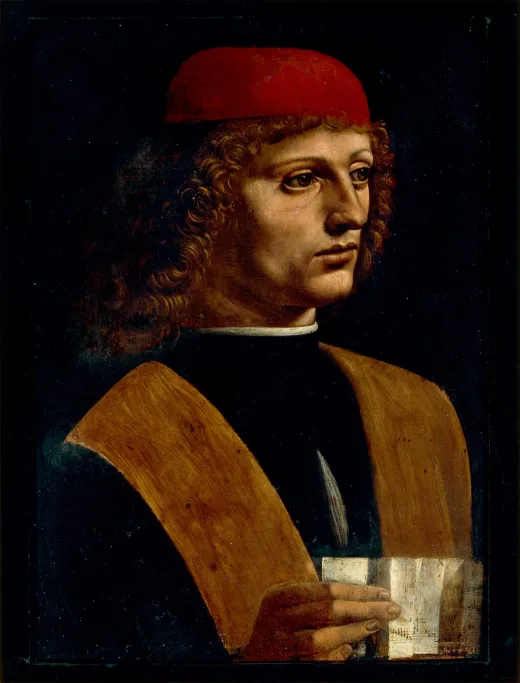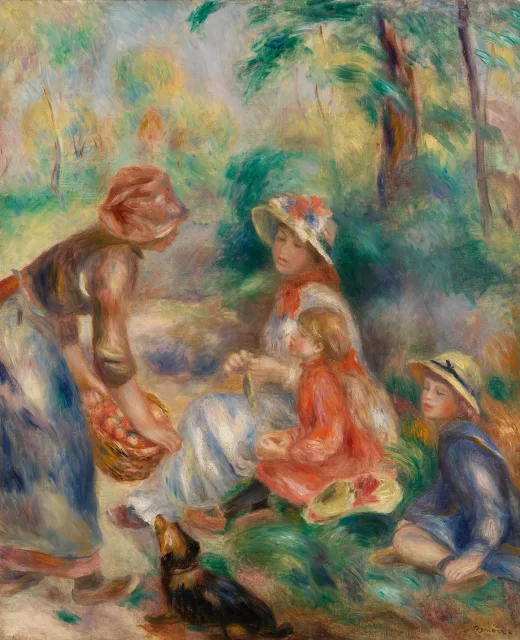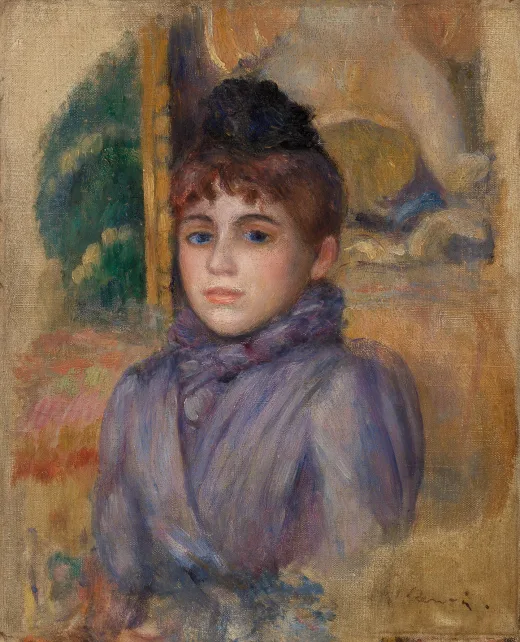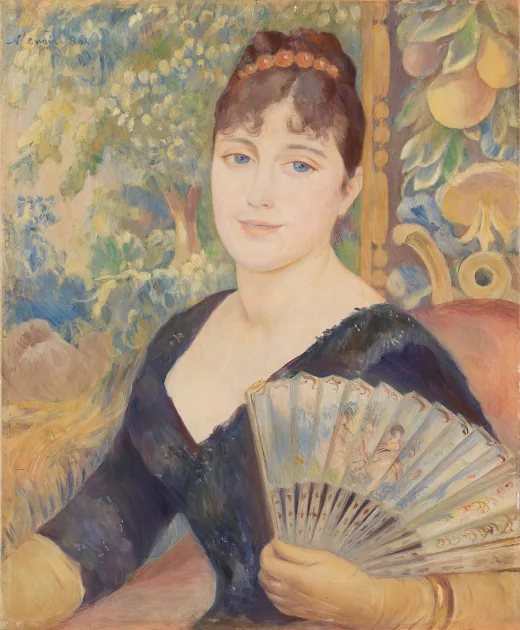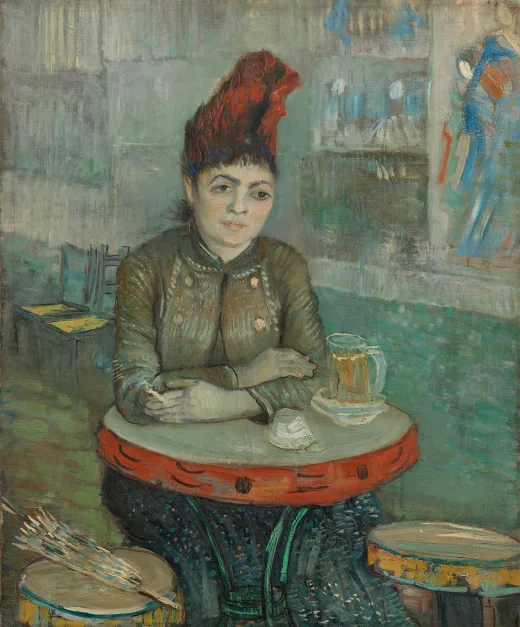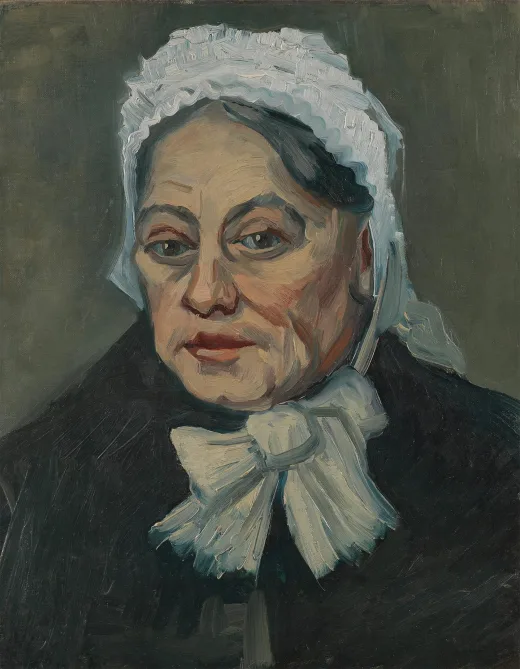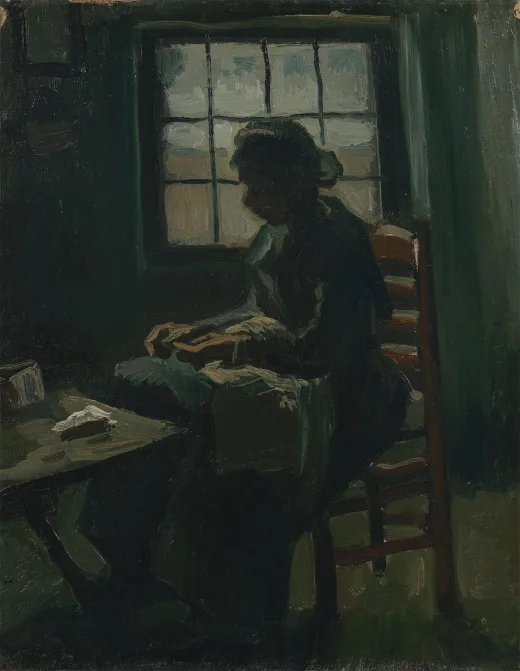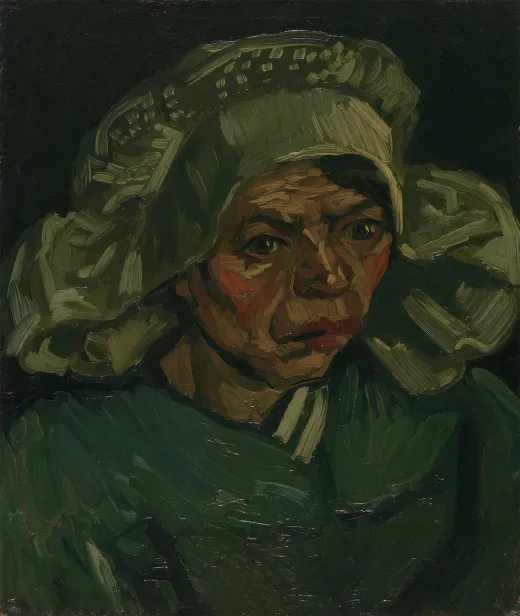达·芬奇油画作品《施洗者圣约翰》超高清大图
原图尺寸:10099×13071像素(450 DPI)超高清图
下载原图消耗4艺点
文件大小:204.06 MB
下载格式: ZIP ( PNG+JPG )
作品名称:施洗者圣约翰
Saint John the Baptist
作品作者:列奥纳多·达·芬奇(Leonardo da Vinci)
创作时间:约1513至1516年
作品风格:文艺复兴盛期
原作尺寸:69 × 57厘米
作品材质:胡桃木板油画
收藏位置:巴黎卢浮宫博物馆
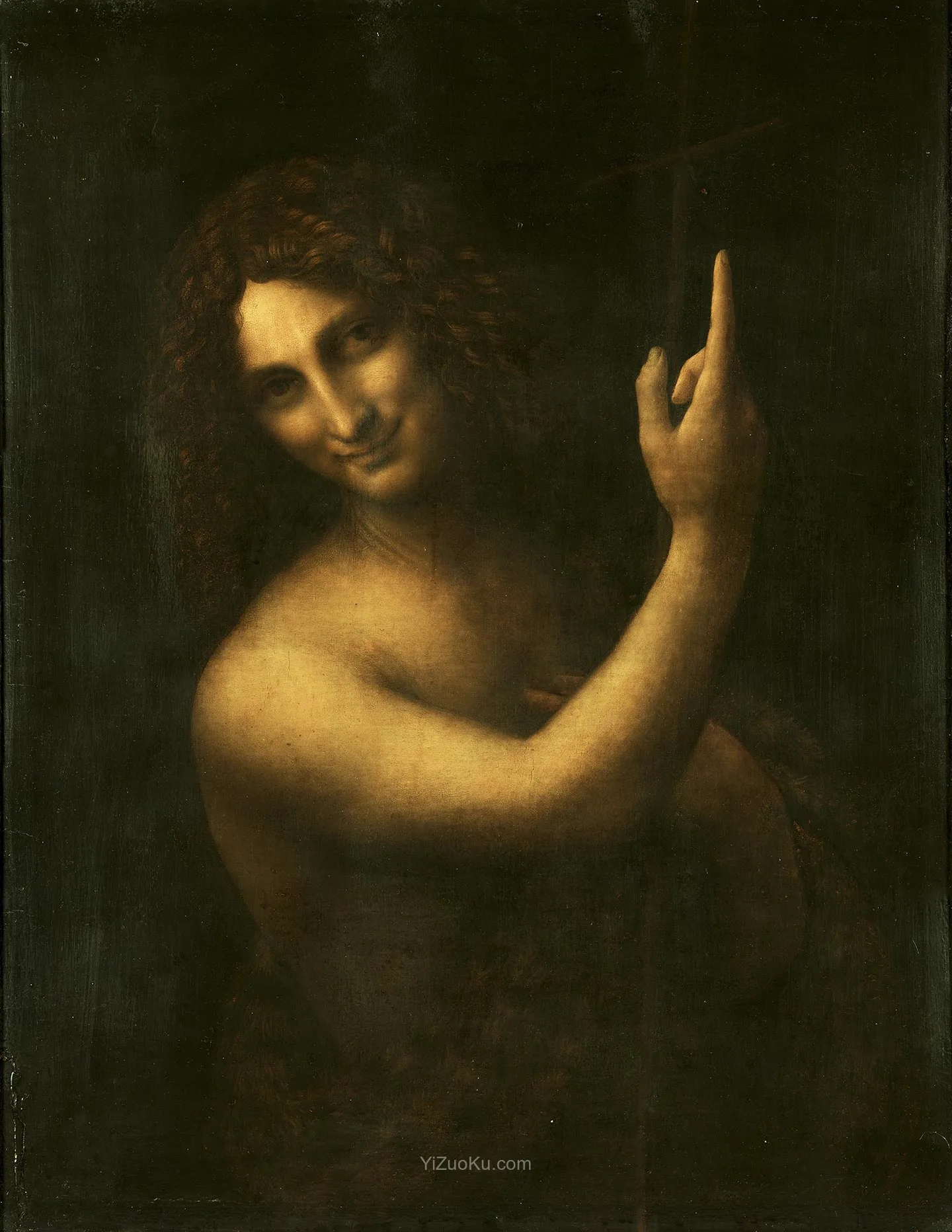
作品简介
《施洗者圣约翰》是列奥纳多·达·芬奇创作于文艺复兴盛期的胡桃木板油画,据信完成于1513至1516年间,很可能是其艺术生涯的绝笔之作。原作尺寸为69×57厘米(27×22英寸),现为巴黎卢浮宫永久馆藏。2022年11月,该作为庆祝阿布扎比卢浮宫建馆五周年,被出借展出两年。
【艺术特征】
达·芬奇运用明暗对照法(chiaroscuro)塑造隐现于幽暗背景中的圣约翰:身披兽皮、卷发垂肩的面容带着《蒙娜丽莎》式的神秘微笑,左手持芦苇十字架,右手指向天穹——这一手势与其《伯灵顿宫草图》中的圣安妮形成呼应。艺术史家弗兰克·策尔纳指出,达·芬奇的晕涂法(sfumato)技术"传递出画面的宗教内涵",柔和的阴影赋予圣约翰"近乎雌雄同体的柔美肤质"。
【学术解读】
肯尼斯·克拉克认为该作体现了达·芬奇心中"永恒的疑问符——创世的谜题",画面弥漫着令人不安的气息。巴洛斯基进一步阐释:"圣约翰从黑暗中浮现的姿态,在灵与肉之间制造出惊人的暧昧感。这种带有不安情色暗示的优雅,却恰恰印证了圣约翰所言'领受上帝丰盛恩典'的宗教意涵。"画作模特为达·芬奇长期助手萨莱,此人亦曾担任《酒神巴克斯》《化身天使》等系列作品的模特。
【创作年代争议】
传统观点认定此作为达·芬奇晚年(1513-1516)艺术巅峰期的代表作,其晕涂技法已达化境。但部分学者通过对比《大西洋古抄本》中弟子临摹的手部习作,推测创作可能始于1509年。值得注意的是,佛罗伦萨洗礼堂内乔万尼·弗朗切斯科·鲁斯蒂奇1510年后完成的同题材雕塑,与画中人物姿态高度相似——据记载达·芬奇曾为鲁斯蒂奇提供技术指导,二者可能存在艺术构思上的相互影响。
【流传经历】
1542年该作已见于法国国王弗朗索瓦一世的枫丹白露宫收藏。1625年英王查理一世以提香《圣家族》和荷尔拜因《伊拉斯谟肖像》为交换,从法王路易十三处获赠此画。1649年英王室收藏散佚后,画作流入银行家埃伯哈德·雅巴赫之手,后经马萨林枢机主教收藏,1661年重归法王路易十四。法国大革命后入藏卢浮宫至今。
【艺术史意义】
在达·芬奇之前,圣约翰传统形象多为枯瘦的苦修者。此作的革新性表现深刻影响了拉斐尔工作室——1517-1518年间由拉斐尔和朱利奥·罗马诺创作的数幅圣约翰像,皆采用暗背景衬托孤立光感人物的类似构图。
Saint John the Baptist is a High Renaissance oil painting on walnut wood by Leonardo da Vinci. Likely to have been completed between 1513 and 1516, it is believed to be his final painting. Its original size was 69 by 57 centimetres (27 in × 22 in).
The painting is in the permanent collection of the Louvre. In November 2022, it was loaned to Louvre Abu Dhabi for two years as part of the museum's fifth anniversary.
The work depicts the figure of John the Baptist in isolation through the use of chiaroscuro, with the figure appearing to emerge from the shadowy background. The saint is dressed in furs, has long curly hair and is smiling in an enigmatic manner reminiscent of Leonardo's famous Mona Lisa. He holds a reed cross in his left hand, while his right hand points up toward heaven, similar to the figure of Saint Anne in Leonardo's Burlington House Cartoon. According to Frank Zöllner, Leonardo's use of sfumato "conveys the religious content of the picture", with the "gentle shadows [imbuing] the subject's skin tones with a very soft, delicate appearance, almost androgynous in its effect".
Kenneth Clark claimed that for Leonardo, Saint John represented "the eternal question mark, the enigma of creation", and noted the sense of "uneasiness" that the painting imbues. Barolsky adds that: "Describing Saint John emerging from the darkness in almost shockingly immediate relation to the beholder, Leonardo magnifies the very ambiguity between spirit and flesh. The grace of Leonardo's figure, which has a disturbingly erotic charge, nonetheless conveys a spiritual meaning to which Saint John refers when he speaks of the fullness of grace from God."
The model for the John the Baptist / Bacchus / Angelo incarnato series was Salaì.
The dating of Saint John the Baptist is disputed. It was seen by Antonio de Beatis in Leonardo's workshop at Clos Lucé; his diary entry giving a terminus ante quem of 17 October 1517.
Traditionally, the painting has been considered the artist's last, and has been dated to 1513–1516; Leonardo's sfumato technique here being considered to have reached its apogee. Some experts, however, have compared the hand of Saint John to a similar work by a pupil in the Codex Atlanticus, dating the commencement of the picture to around 1509. The pose is also similar to that of a sculpture of the same subject completed after 1510 for the Florence Baptistery by Giovanni Francesco Rustici.[8] Leonardo is thought to have given Rustici technical advice for his commission; it is possible that one artist could have influenced the other with the idea for the pose.
Saint John the Baptist was apparently part of the French king Francis I's collection at Fontainebleau in 1542. In 1625, King Charles I of England received the painting from Louis XIII of France in return for a Titian – the Holy Family – and Hans Holbein's Portrait of Erasmus.[6] In 1649, Charles's collection was sold, whereupon the painting entered into the hands of the banker Eberhard Jabach.[6] After a spell in the possession of Cardinal Mazarin, in 1661 the work once again returned to the King of France – Louis XIV. Following the French Revolution, the painting entered the collection at the Louvre, where it remains to this day.
Prior to this work, Saint John had traditionally been portrayed as a gaunt ascetic. Leonardo's innovative depiction proved influential upon Raphael's workshop; several portraits of Saint John painted around 1517–1518 attributed to Raphael and Giulio Romano show a similarly youthful saint in isolation, with a strong contrast between the dark background and the illumination of the figure.
